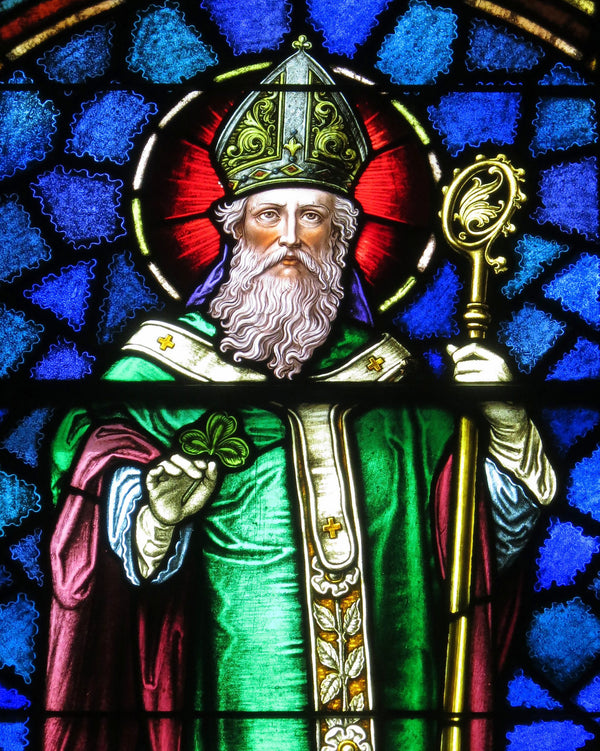
St. Patrick's Day
On March the 17th, countries around the world celebrate Saint Patrick’s Day. This date is in observance of the death of St. Patrick, who is the patron saint of Ireland. St Patrick is credited for bringing Christianity to Ireland. Initially, Saint Patrick’s Day was a religious feast day. It has evolved into a day of celebrating Irish culture with parades, music, dancing, special foods, and copious amounts of green.
Who was St. Patrick?
Saint Patrick lived during the fifth century, and while being the patron saint of Ireland also is the saint of Australia, Nigeria, and Montserrat. Saint Patrick was born in Roman Britain and at the tender age of sixteen, he was kidnapped and brought to Ireland as a slave. After some years, he escaped and returned to his family, entering the church, just as his father and grandfather had done before him. In a twist of fate, he would later return to Ireland as a missionary where he worked in the west and north of the country.
St. Patrick and Ireland
As popular legend has it, Saint Patrick rid Ireland of snakes. however, it is believed that there haven't been snakes in Ireland since the last ice age. The 'snakes' legend is thought to be an analogy for druids or pagans that used to worship snake or serpent gods. Saint Patrick laid the foundations not only for the Catholic Church in Ireland but for all of Western Europe. As such deserves the title, yet to be bestowed, of Co-Patron of Europe along with Saint Benedict, Saint Teresa Benedicta of the Holy Cross (Edith Stein), and Saint Bridget of Sweden. Saint Patrick died in Armagh in 461AD and is said to be buried under Down Cathedral in Downpatrick, Northern Ireland. Today, Downpatrick is renowned for its St.Patrick Centre, an essential stop off if you're visiting the North of Ireland

Symbols of Saint Patrick
We all know the most common Saint Patrick’s Day symbol is the shamrock. The shamrock is the leaf of the clover plant and symbolises the Holy Trinity (Father, Son and Holy Spirit). Green is the second most common symbol, where many choose to wear the colour and the Irish flag is often seen at Saint Patrick’s Day events around the world. Other symbols include religious items such as snakes and serpents and the Celtic cross. It has been said that Saint Patrick added the Sun, a powerful Irish symbol, onto the Christian cross to create what is now called a Celtic cross.
St. Patrick's Day Parades
The first parade held to honour Saint Patrick’s Day was not actually in Ireland but in the United States. On March 17 in 1762, Irish soldiers serving in the English military marched through New York City. The parade helped the soldiers reconnect with their Irish roots, as well as with fellow Irishmen serving in the English army. During the 1800s the parade was used to show solidarity and strength of Irish Catholics. During a time when they faced discrimination in Protestant-majority America. Today, there are over 100 Saint Patrick’s Day parades across the United States. Boston (the first stop for many Irish immigrants over the years) and New York City.

